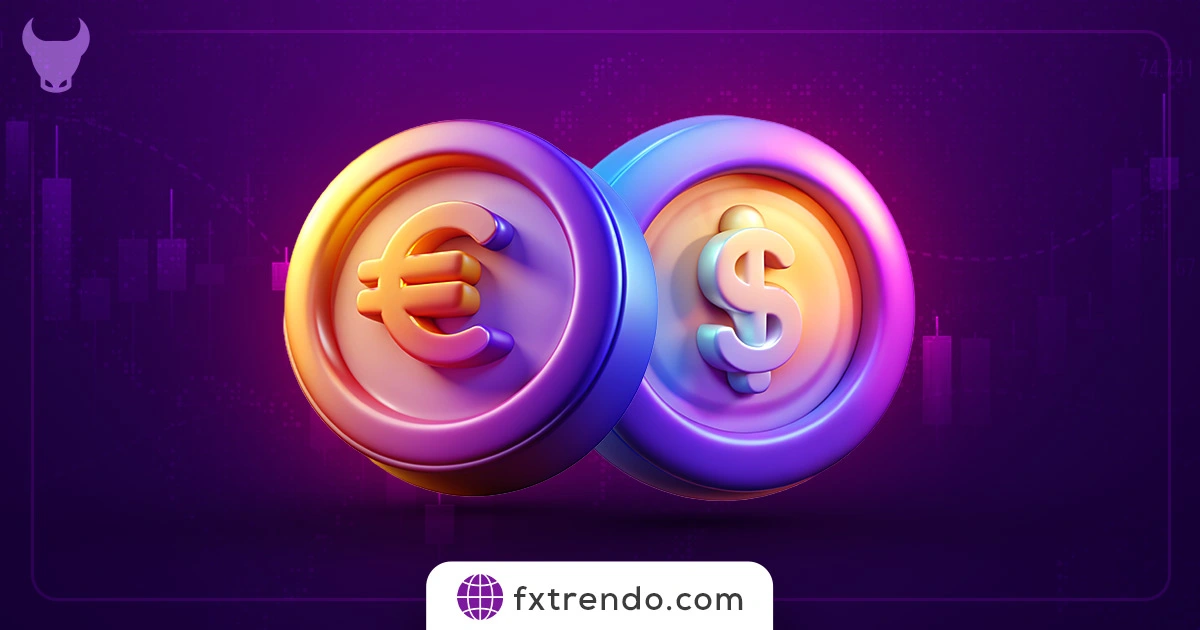
Trading competitions have become an exciting arena where traders, within a limited timeframe, strive to achieve the highest returns using
Dear Trendo users, We would like to inform you that today the international financial markets experienced a major disruption, resulting
Greetings and respect, Due to significantly reduced market liquidity during the Thanksgiving holidays, the likelihood of sharp volatility, sudden spread
Trendo’s Going Black campaign runs from Black Friday 2025 (November 28) through Christmas Day for Iranian and international traders. This
Risk Warning: Forex and CFD trading are complex instruments and come with a high risk of rapid capital loss due to leverage. A significant percentage of retail investor accounts lose money when trading CFDs. You should consider whether you understand how these instruments work and whether you can afford to take the high risk associated with CFD trading. Trade responsibly: always consider your investment objectives, experience level, and risk appetite. If needed, seek advice from an independent financial advisor.
The Trendo Group of Companies, trading as TRENDING MARKETS (INTERNATIONAL) LTD. is officially regulated and supervised by the Financial Services Commission (FSC) of Mauritius, holding Registration Number 227756 and License Number GB25205094.
Trendo Broker, registered as Trendo Markets Ltd, is supervised by the International Financial Center (IFC) of Saint Lucia with Registration Number 2024-00332.
CopyRight © 2019 – 2025 Trendo LLC. All Rights Reserved